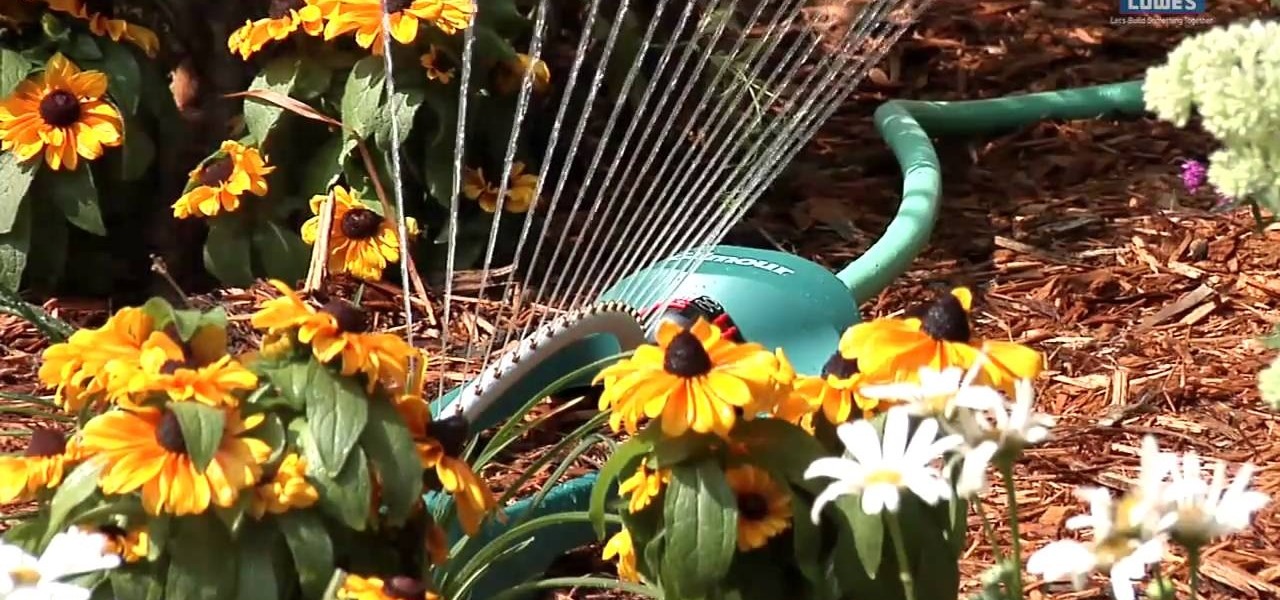
Efficient Lawn Watering for a Lush Landscape
Maintaining a healthy and vibrant lawn requires proper watering techniques. In this guide, we’ll explore effective strategies to ensure your lawn gets the right amount of water, promoting lush greenery and overall vitality.
Understanding Your Lawn’s Water Needs
Before diving into watering methods, it’s crucial to understand your specific lawn’s water needs. Factors like grass type, soil composition, and local climate influence how much water your lawn requires. Conduct a soil test to determine its moisture retention capacity and tailor your watering approach accordingly.
Establishing a Consistent Watering Schedule
Consistency is key when it comes to lawn watering. Establish a regular schedule that aligns with your local climate and the needs of your grass. Early morning or late afternoon is the optimal time for watering, as it minimizes water loss due to evaporation and allows the grass to absorb moisture before evening.
Adjusting Watering Frequency Based on Season
Different seasons demand different watering frequencies. During hotter months, your lawn may need more frequent watering to combat evaporation. Conversely, in cooler seasons, adjust your watering schedule to prevent overwatering, which can lead to issues like fungal growth.
Implementing Deep Watering Techniques
Deep watering encourages the development of deep, strong root systems. Instead of daily shallow watering, opt for infrequent but deep watering sessions. This ensures that moisture reaches the root zone, promoting healthier and more drought-resistant grass.
Choosing the Right Irrigation Method
Selecting the right irrigation method is crucial for efficient lawn watering. Whether using a sprinkler system, soaker hoses, or drip irrigation, consider the size and layout of your lawn. Ensure even coverage to prevent dry patches and wasteful water distribution.
Monitoring Soil Moisture Levels
Regularly monitor soil moisture levels to fine-tune your watering routine. Use a soil moisture meter or simply dig a small hole to check soil moisture at root depth. Adjust your watering frequency based on the readings, avoiding under or overwatering.
Investing in Smart Irrigation Technology
Smart irrigation systems offer a modern solution to lawn watering. These systems can be programmed to adjust watering schedules based on weather forecasts, soil moisture levels, and specific lawn needs. Investing in smart technology can save water and enhance the efficiency of your lawn care.
Watering Newly Seeded or Turfed Areas Carefully
Newly seeded or turfed areas require special attention. Water these areas more frequently in the initial stages to facilitate germination and establishment. Gradually transition to a standard watering routine as the grass matures.
Addressing Dry Spots and Watering Challenges
If you notice dry spots or areas that seem to receive insufficient water, address these challenges promptly. Adjust your irrigation system, increase watering frequency in problem areas, or consider spot watering manually to ensure uniform coverage.
Conserving Water with Watering Practices
Water conservation is an essential aspect of responsible lawn care. To conserve water, mulch your lawn to retain moisture, fix any leaks in your irrigation system promptly, and collect rainwater for supplemental watering. Implementing these practices contributes to both a healthy lawn and environmental sustainability.
Conclusion: A Green Oasis with Thoughtful Watering
Efficient lawn watering is a balancing act that considers the unique characteristics of your lawn and the conservation of this precious resource. By understanding your lawn’s water needs, establishing a consistent schedule, and implementing smart irrigation practices, you can create a lush, green oasis that enhances your outdoor space.
For more detailed guidance on watering your lawn effectively, visit mimimises.org for expert tips and additional resources.
